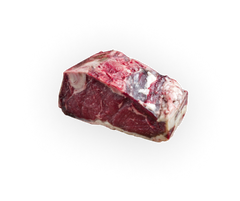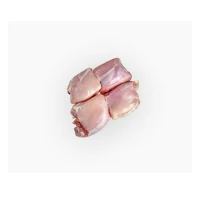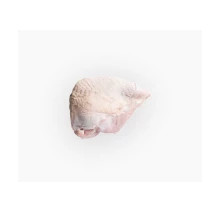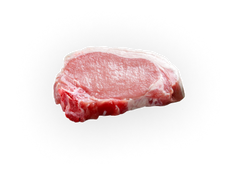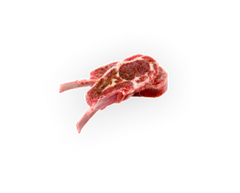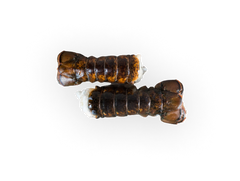HAVE A ST. PATTY'S DAY FEAST AT HOME!
Ah good ol' Saint Patty; patron saint of Ireland (though he was originally from England), and missionary extraordinaire. His methods of conversion were certainly abrasive and questionable, however he did know how to feast!
This St.Patrick's Day meal is known around the world, but many don't know that it's traditional component of boiled corned brisket isn't Irish at all. This ingredient was actually Jewish American.
Brisket
Brisket refers to the cut of beef taken from the breast/lower chest of the cow. It's a slightly tough meat that is sometimes brine-cured using very large pellets of salt (the size of corn kernels) to tenderize it. This brine-curing process transforms and coins it the name 'corned beef'.
Corned beef is known for its rosy color and golden trim (and deliciousness), which is a result of the brine-curing process.
Blended Traditions
It became a favorite Irish substitution for what was originally, and traditionally, a bacon, sausage, and lamb dish. The brisket was only used when Irish immigrants settled into Jewish neighborhoods in America in the 19th century.
They soon discovered their delicious corned beef. This kosher protein was quickly adopted and reinterpreted by Irish-Americans, and is now associated with St. Patrick's Day Feast traditions all over the world.
Making The Corned Beef
First, we'll make the seasoning from scratch because… go big or go home, right? (If you're not up to it, pickling spice packages or specific corned beef spice pre-mixes can be used).
You're going to roast coriander, peppercorns, anise, mustard seeds, bay leaves, and red pepper flakes for just a couple minutes to activate their boldness. Lightly blend them up and presto!
Next, we're going to turn that beautiful brisket into a super dimensional, tender corned beef. To do this, put your slab of brisket into a large stockpot, along with your spice mixture, whole bay leaves, and 2 tablespoons of brown sugar. Cover it with water and bring to a boil. Reduce heat and simmer for 2 hours.
Making The Mashed Potatoes
Irish potato dishes come in all shapes and flavours. Colcannon potatoes are made with a little extra pizazz than your average starch sides. Begin by boiling 4 white potatoes with salt until tender.
In another pot, sizzle butter and cook your greens for a couple minutes: 3 whole green onions and 3 cups of leafy greens (kale, spinach, chard, etc). Once cooked, add more butter and 1 cup of cream. Add your potatoes and mash to combine.
Making The Boiled Cabbage
Cabbage is a staple item in many Irish dishes so it would be a crime to exclude it! The tradition is boiled cabbage, but just like with the beef, you can choose to bake/sautée them instead.
Boiled cabbage is made by adding a head of chopped cabbage (and some carrots) to your leftover seasoned hot water from the beef. If it's too salty, balance with more water. Simmer them until tender and delectable!
Thinly slice that tender corned beef (against the grain), and plate up that impressive mash and its yummy veggie pairing. Now that's a feast!
Traditions are timeless for a reason; they're carried on with excitement to share their deliciousness.
Sometimes traditions are meant to be adapted and blended with other traditions so the ingredients can reach their full potential - and we're sure glad this dish became what it is today because it's yummy (or blasta, as the Irish say)!
A quality brisket makes all the difference!
Getting heavenly, tender corned beef starts by using a slab of brisket that makes all the ancestors proud! Farm 2 Fork has you covered with this unbeatable AAA Grade Aged Brisket; the ultimate comfort food.
